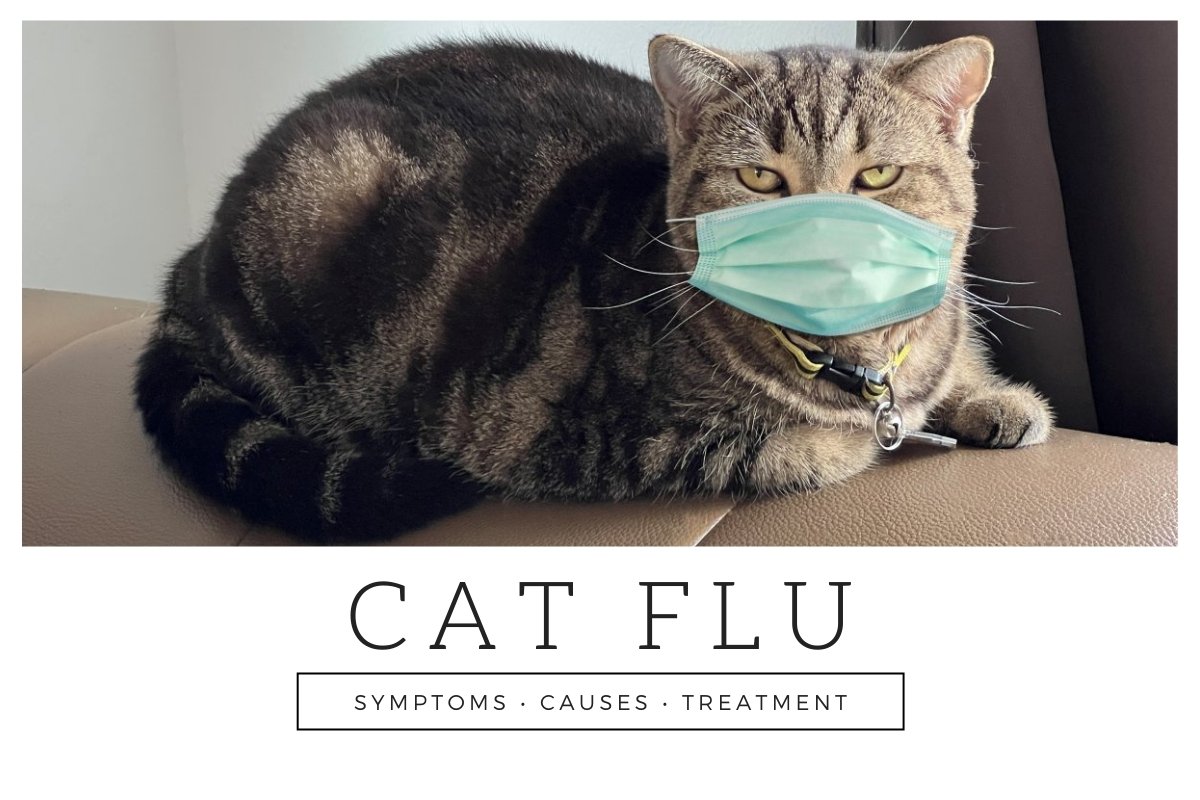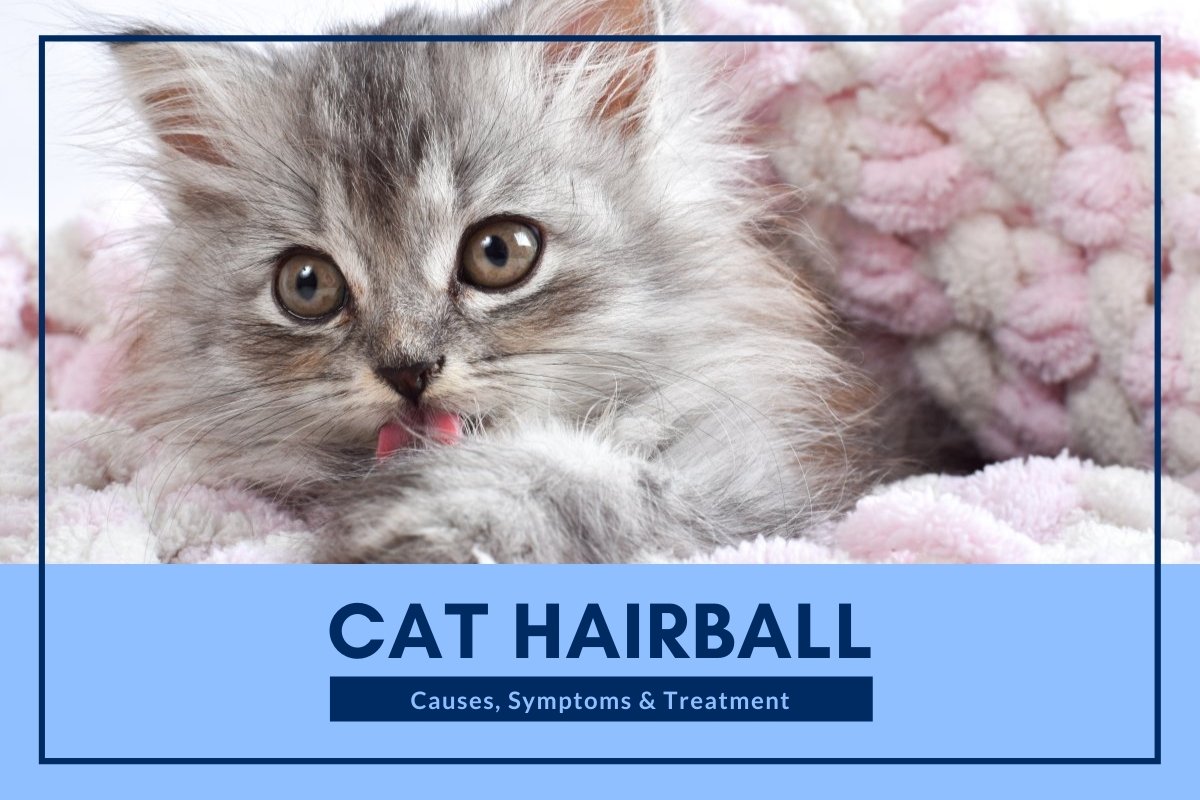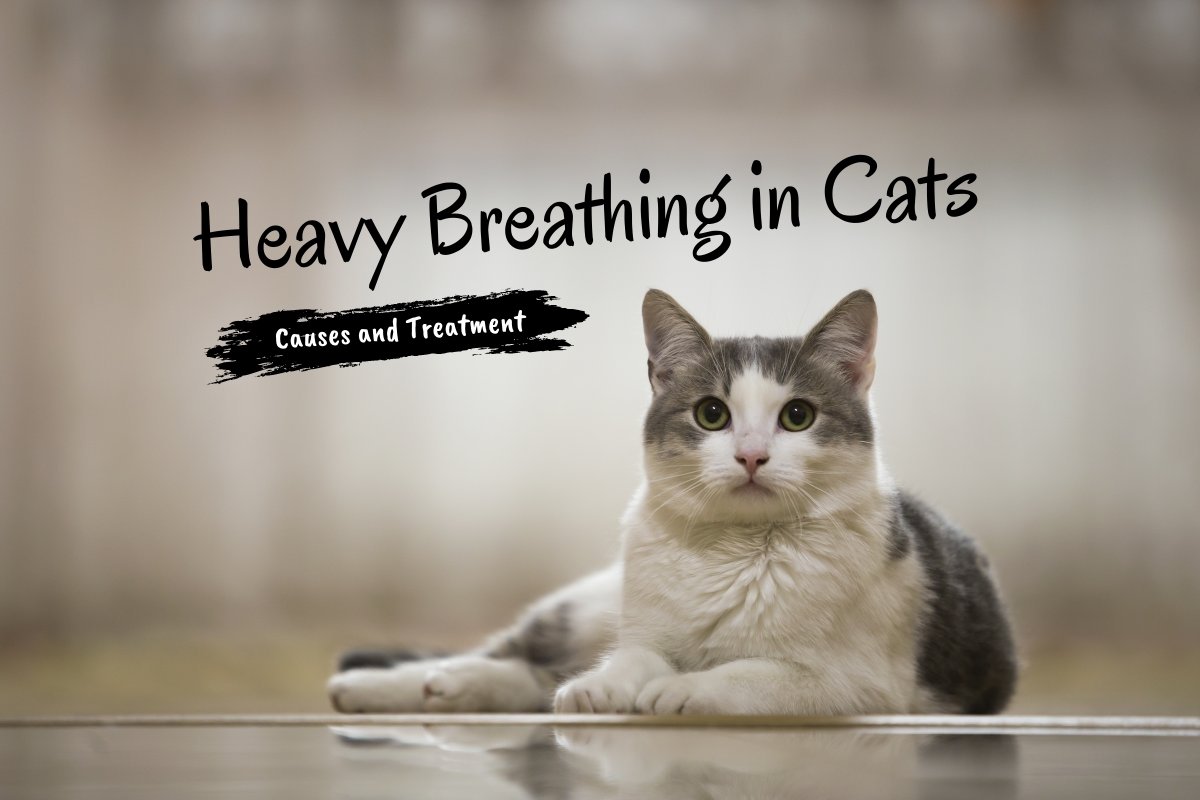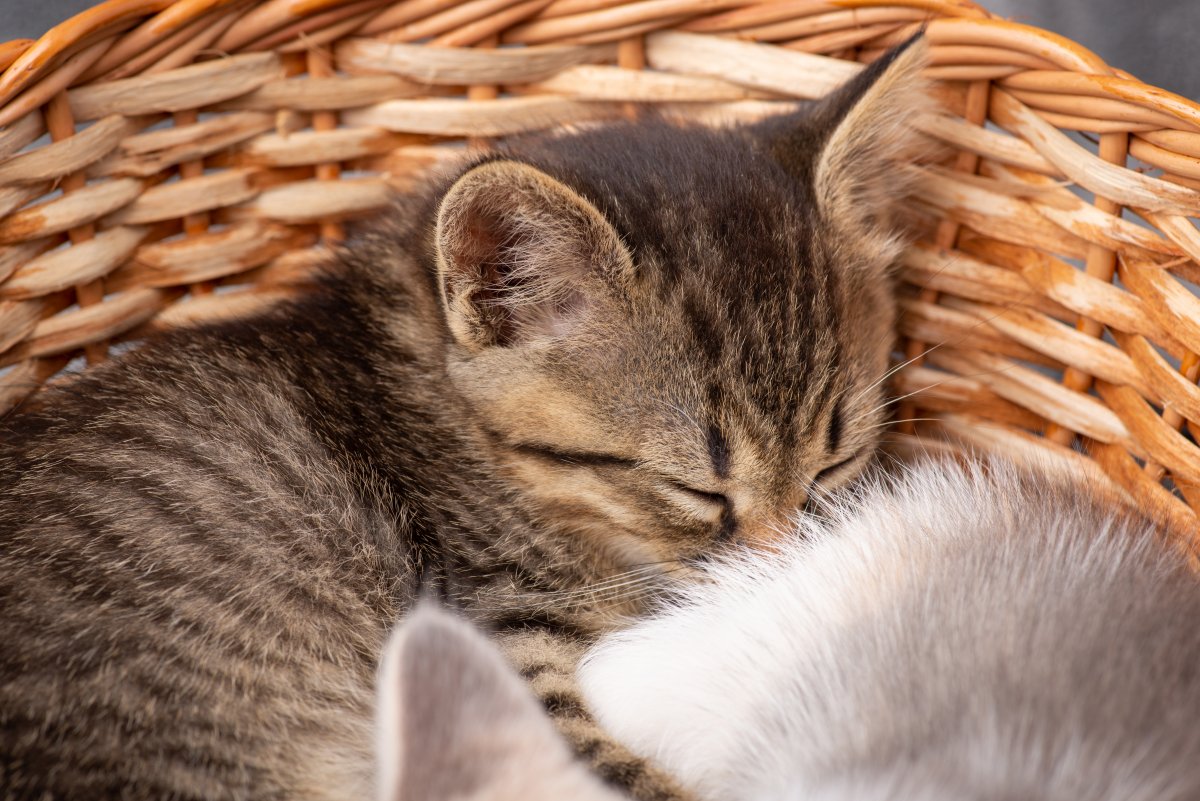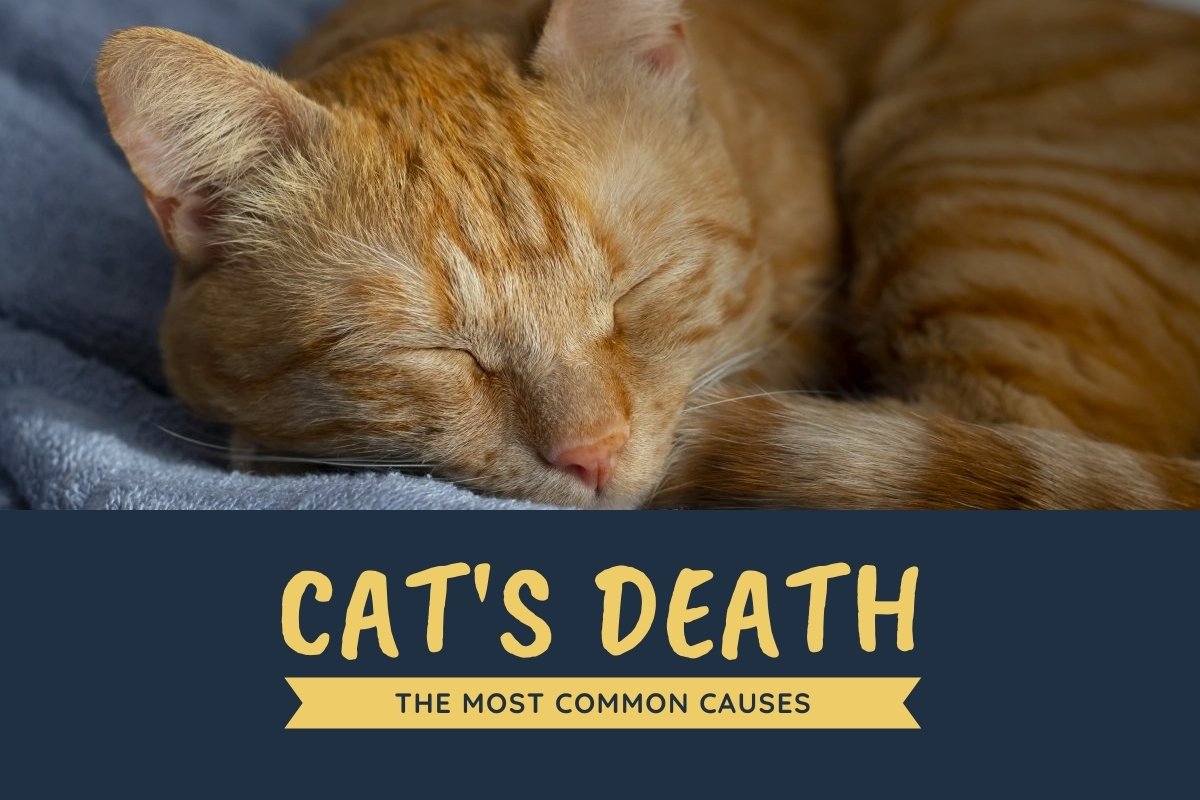Winter is a peak season for bringing certain viruses to human beings and feline animals. Like humans, cats also tend to catch seasonal flu, known as cat flu or feline respiratory disease. It is a common disease that is commonly seen in unvaccinated cats.
Cats of all ages can be affected by the flu virus, but it is particularly severe in purebred cats and kittens. It is a highly contagious disease that can spread from one feline cat to another via nasal, eye, or mouth discharge. Contaminated water and food bowls can also be a source of the spread of viruses.
If your feline companion is not feeling good due to weather changes, she may have cat flu, and it is common for cats to get this illness during winter. So, if you are worried about your cat’s health and can’t see your feline pet suffering from illness, keep reading! In this article, we have got you covered with detailed information about cat flu.
What Is Cat Flu?
Cat flu is a common disease that affects the upper respiratory tract in cats, much like the cold flu in humans. Two viruses usually cause it, including:
- Feline herpesvirus infection
- Feline calicivirus infection
Once a cat gets this virus, bacterial infection can worsen the condition. Young cats with damaged immune systems are more likely to get infected, as it is challenging for them to fight off infections, and it can be life-threatening.
The virus can be spread through coughing and sneezing from one cat to another cat picking up the germs. Whether the cat gets recovered from the flu, it is still possible for some cats to deal with the infection and come down with the flu again, especially during stress and other illnesses.
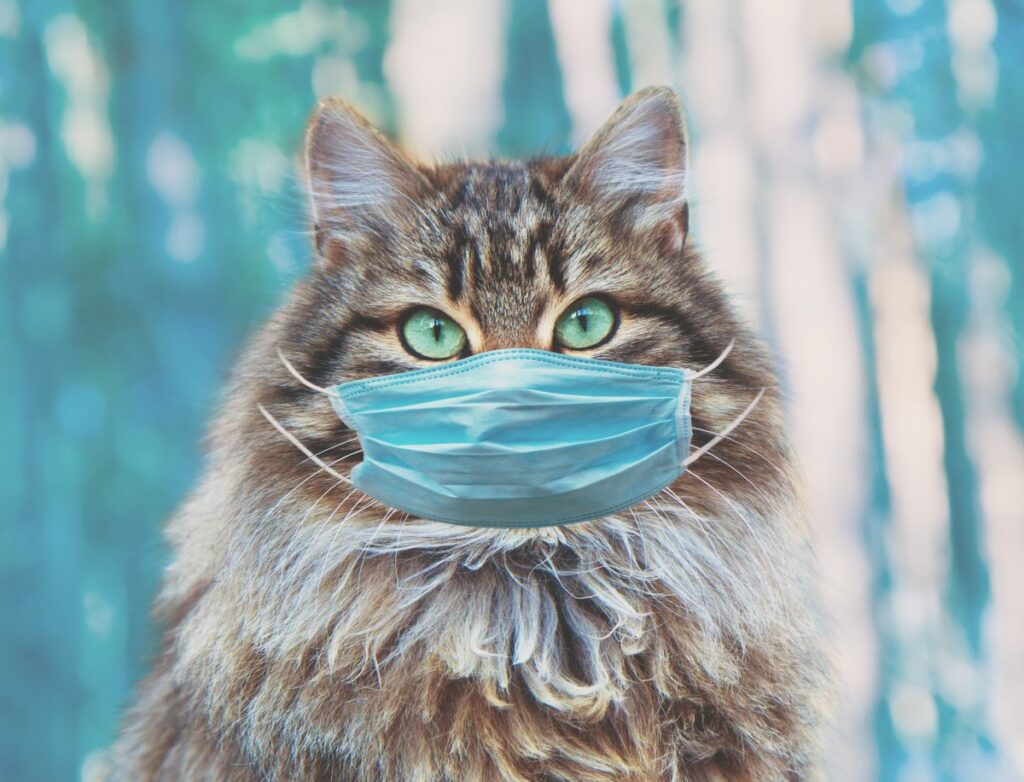
Causes of Cat Flu
Feline calicivirus and Feline herpesvirus are the two main reasons for causing about 90% of upper respiratory infections in cats. Other causes of cat flu are:
- Bordetella
- Mycoplasma
- Feline Chlamydiosis
All cats are prone to these infections; however, they are more common in shelters and catteries where cats live in close quarters. If only one cat gets the infection, she can spread it to other cats directly through eye secretion, saliva, and nasal, or with shared toys, food or water bowls, or human hands.
Symptoms of Cat Flu
The cat flu sign is similar to cold and flu in humans. Symptoms include:
- runny eyes
- coughing
- tongue ulcers
- sneezing
- nasal discharge
- loss of appetite
Despite being infected, some cats don’t show any clinical signs. Those cats are called carrier cats. These carriers are infectious to other healthy cats only when they shed the virus, which can be intermittent. It will more likely increase shedding if the carrier is stressed, and nothing can change the cats’ carrier. All cats that have suffered from cat flu should be considered potential carriers.
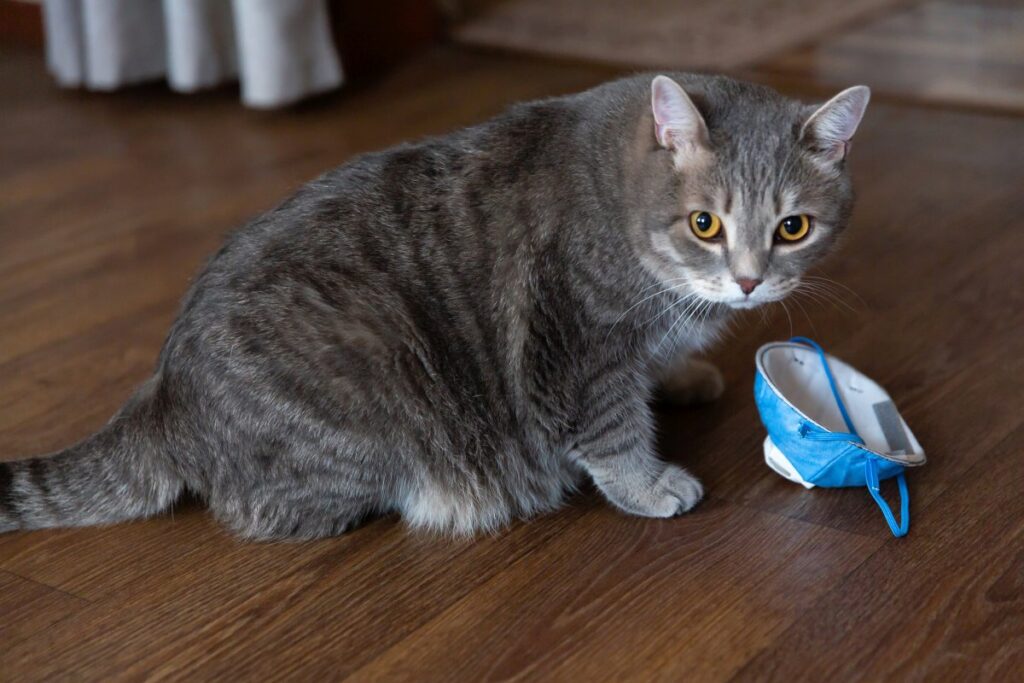
Cat Flu Diagnosis
Diagnosis usually occurs after examining and observing the clinical signs in cats. Occasionally, the vet takes a swab from your cat’s mouth for viral culture and will send it to a laboratory for further identification and confirmation of the infection.
Treating Cat Flu
Cat flu is caused by viruses that cannot be treated directly with drug therapies and medicines. You will need to allow the virus to complete its course. However, you can make your cat get easier and more comfortable by helping her reduce symptoms.
The remedy for an oozing nose and swelling is to frequently wash your cat’s face gently with a warm saltwater solution. Do this one time a day or by your veterinarian’s recommendation.
Encourage your cat to eat and drink water again; it may be essential to set up an intravenous fluid line at a vet’s office. Many infected cats stop eating food and drinking water due to mouth ulceration. This can be a risky health concern that you should consider to get your cat checked under your vet’s consideration.

Other types of ulcers in cats include in or around the eyes, which is potentially a serious condition that can leave your cat dealing with her health permanently. Speak to your vet about the underlying issue of the ulcer that you noticed.
Preventing Cat Flu
The best way to protect your cat from getting infected is to get her vaccinated against the virus, which is responsible for the disease. Your cat will need cat flu vaccine booster shots in her life. While vaccinations may not stop your cat permanently from getting the flu, they can prevent her from developing severe symptoms.
If you have more than one cat, and one of them is ill, keep the infected kitty isolated to stop the spread of the virus. Also, ensure that their shared items such as food and water bowls or litter boxes are disinfected.
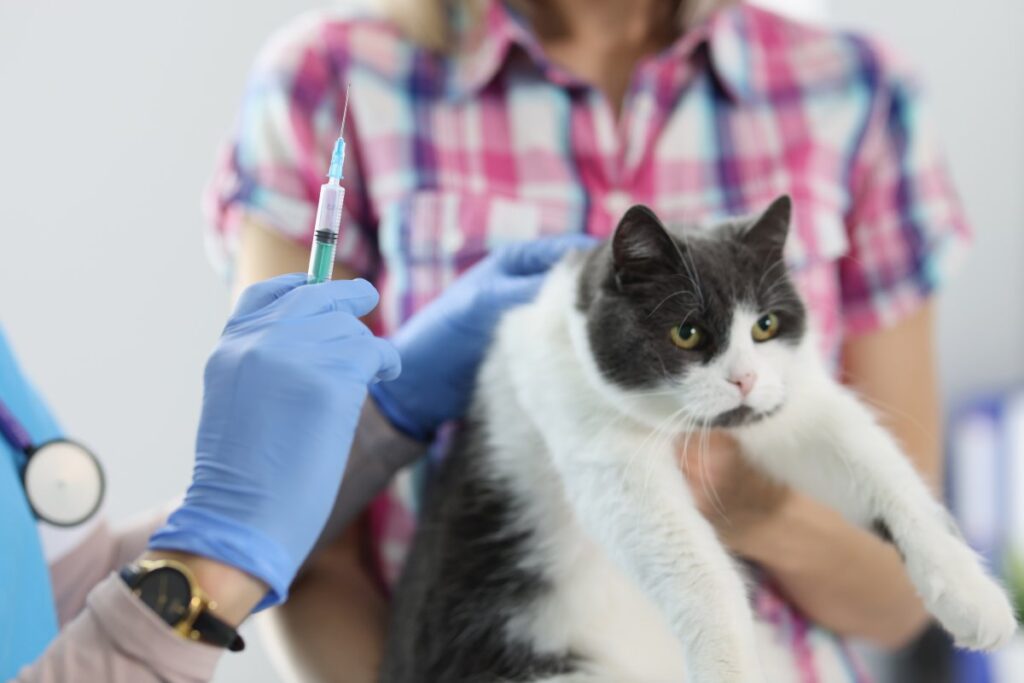
How Long Does Cat Flu Last?
For mild cases, cat flu can be recovered in around 5 to 10 days, and for severe cases, it can take up to 6 weeks. The duration depends on the condition and type of virus your cat caught.
If your cat has picked up the herpes virus, she will carry it for life. She will often face ongoing health problems and is more inclined to catch other feline bacterial infections.
Feline calicivirus respiratory infections are slighter than FHV. This infection usually clears up itself within a few weeks, although your cat may remain a carrier for more than a few months even after symptoms go away.
Wrapping Up
Remember that your cat will not express her pain and suffering; thus, you need to observe her early signs of cat flu as a responsible pet owner. Take your cat to the vet for the best recommendation and treatment and provide her with the best care to release her some stress.

